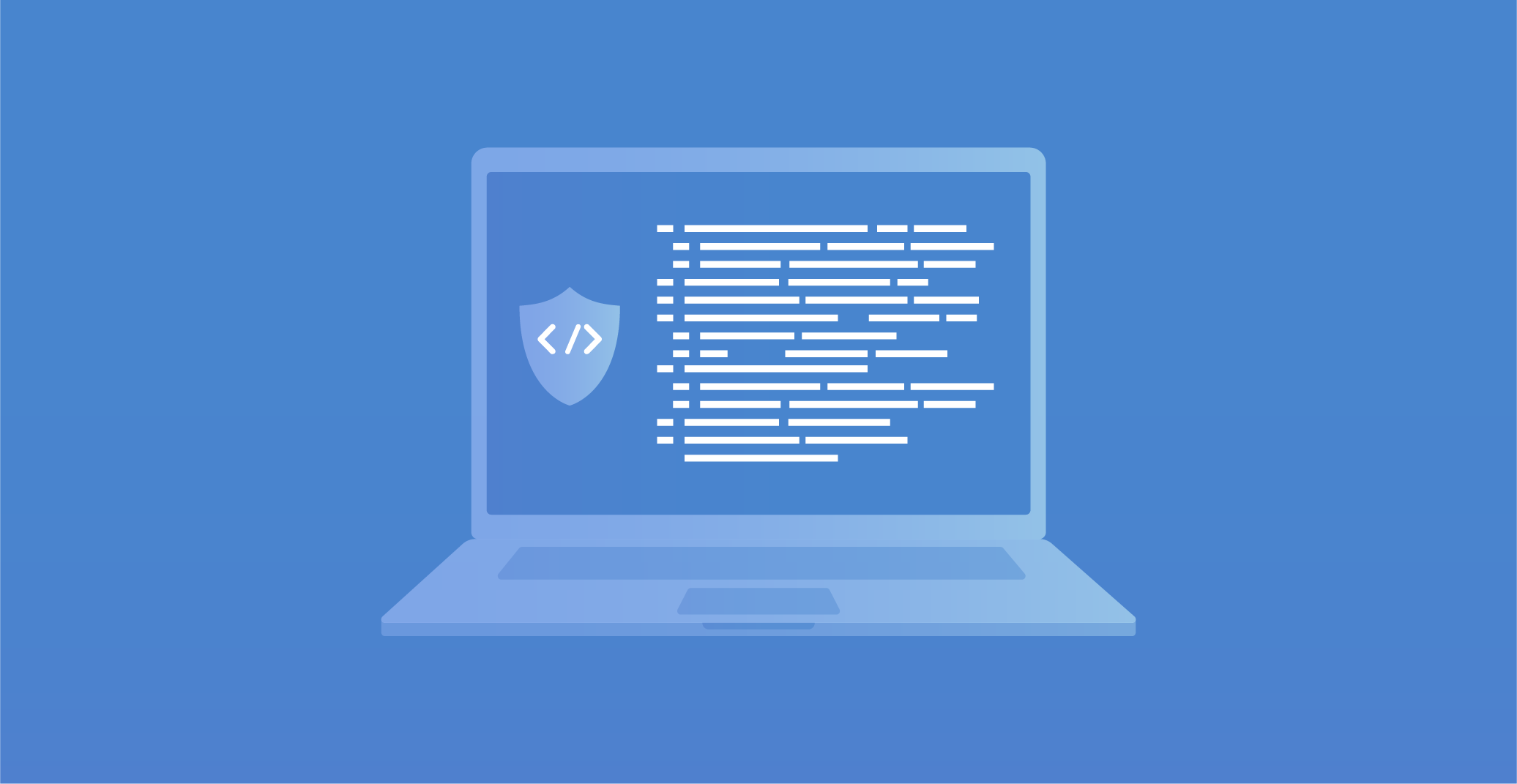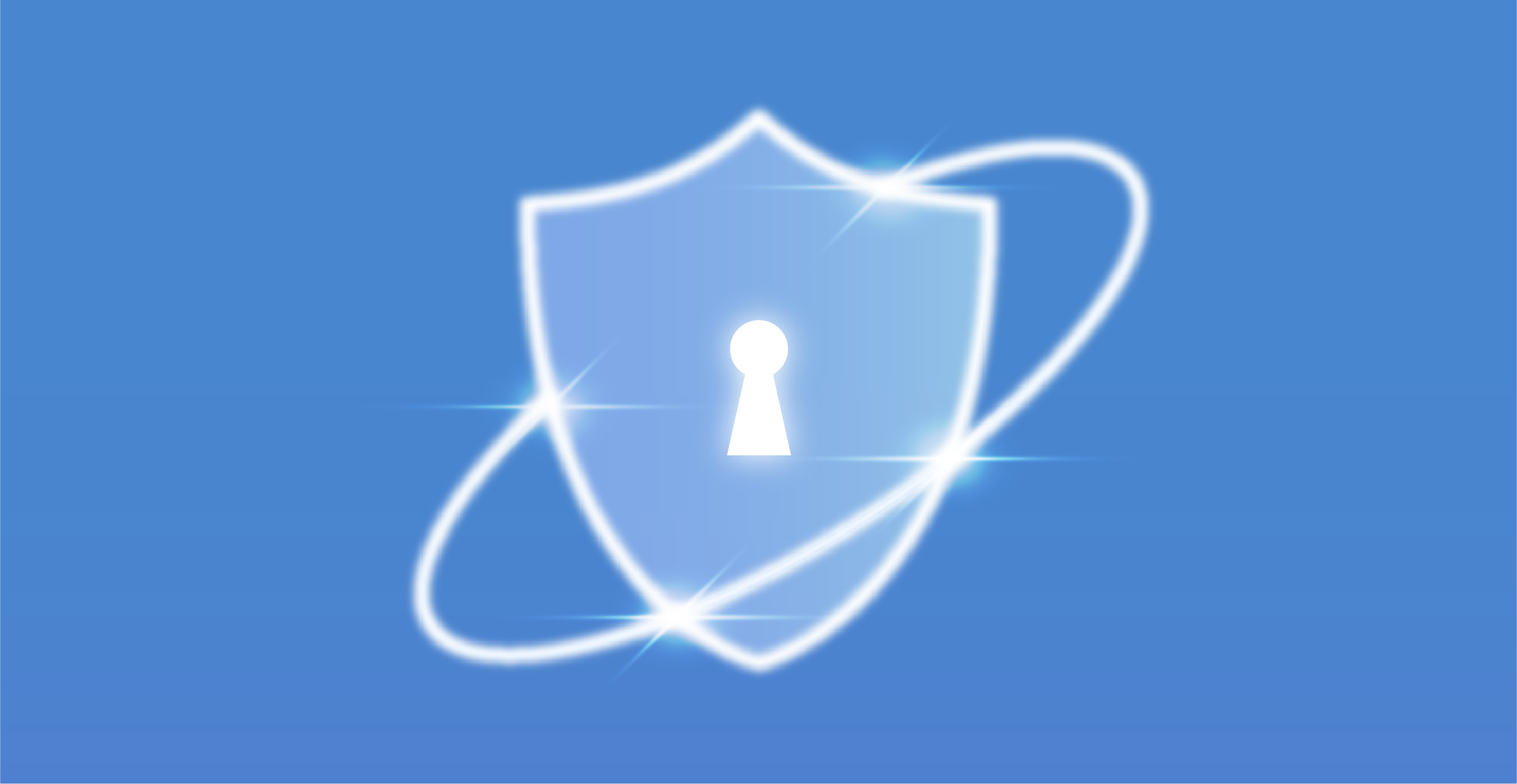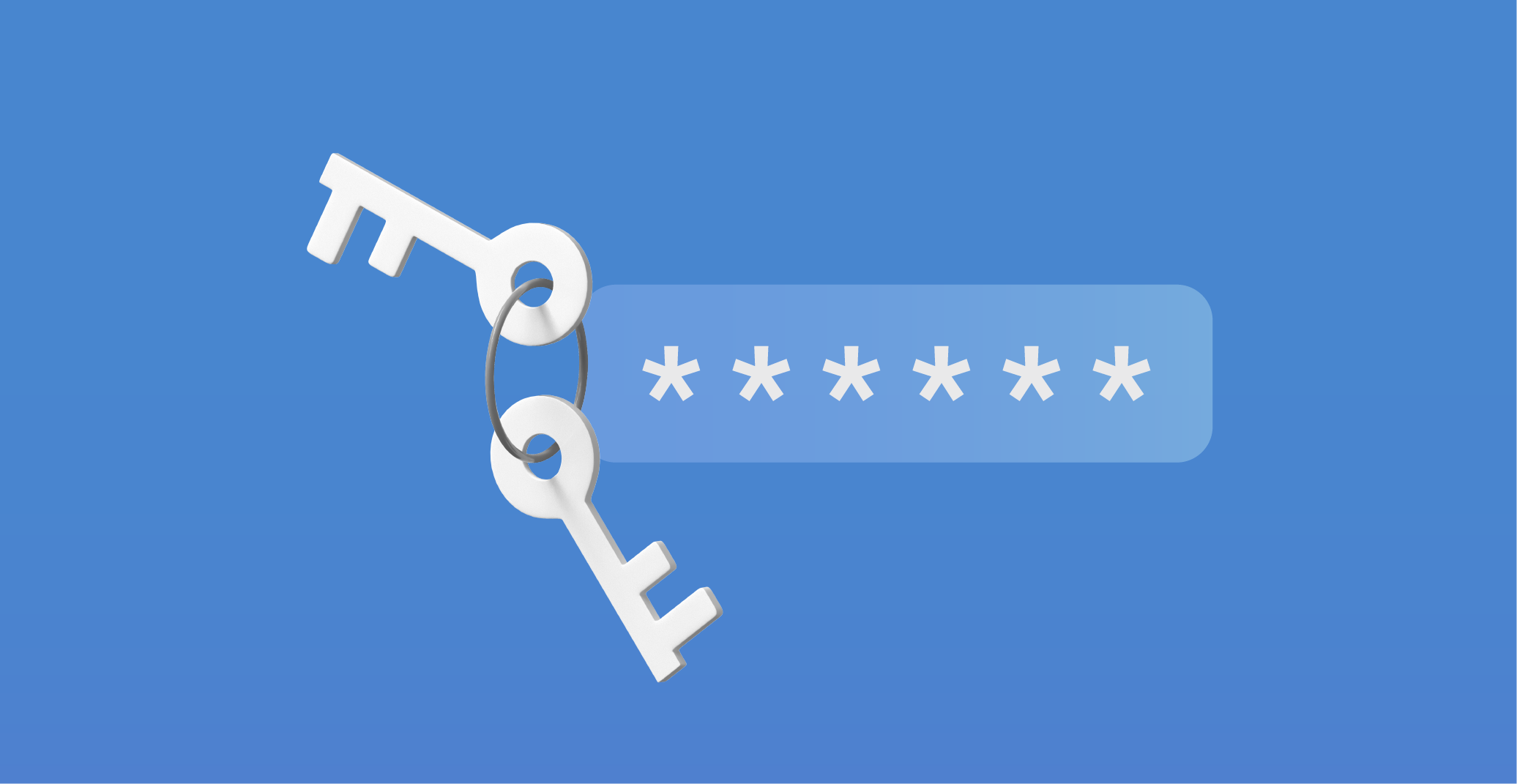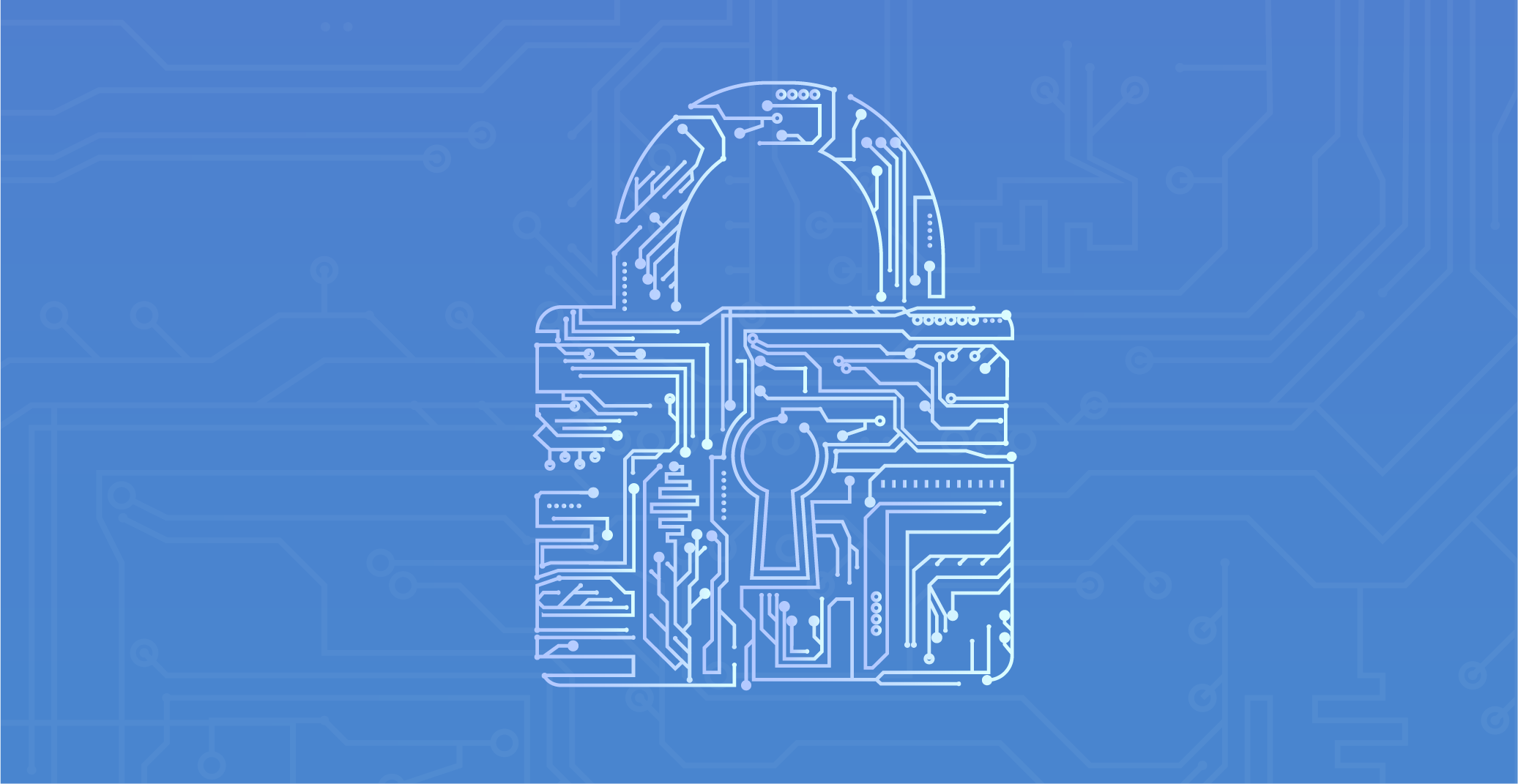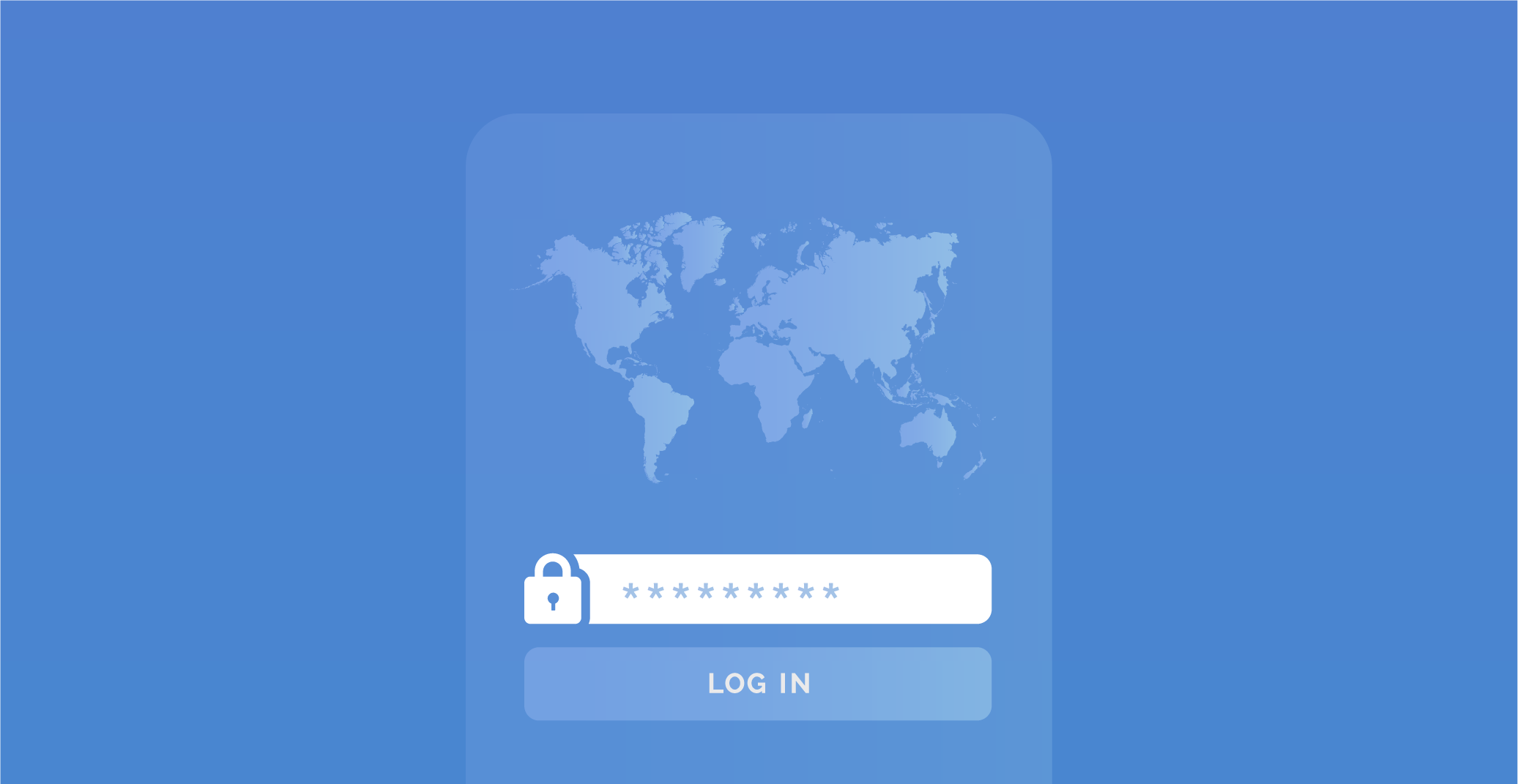
When most individuals hear the phrase "data disposal," they get terrified. The deletion of data on one's computer or mobile device is the last thing most people desire. But, whether you are the owner of a large, medium, or small corporation, or simply a regular user, you will need to delete or replace your obsolete media at some point. After all, you must guarantee that any data contained in this medium is erased and cannot be recovered.
Nobody wants the next owner of their outdated equipment to discover their secrets, which might have serious legal or competitive consequences.
However, few people understand how to properly erase data such that it cannot be retrieved by others.
What are the different forms of data disposal?
Fortunately, there are various methods for disposing of data. Unfortunately, none of these strategies are ideal, nor can they guarantee total success. However, understanding the strategies available can assist you in selecting the one that is best for you or your business.
Delete / Reformatting
As previously stated, removing a file from an electronic device removes it from a file folder but does not delete the contents. The data is saved on the device's hard drive or memory chip.
The same holds true when you attempt to erase data by reformatting the disc. This also does not erase the data. It simply substitutes a new file system for the existing one. It's like ripping out the table of contents from an old cookbook when you really want to get rid of the cookbook itself. There are several programs available on the internet that allow nearly anybody to recover data from a drive that has just been reformatted.
Using approaches like these is a poor, uninspired, and ineffective manner of attempting data disposal.
Wiping
Data wiping is the process of erasing data from an electronic medium so that it can no longer be read. Typically, data wiping is achieved by physically attaching any media to bulk wiping equipment. It may also be done internally by booting a PC from a network or a CD. It is a procedure that allows you to reuse any medium that has been erased in this manner without losing storage capacity.
Wiping data can take a long time, sometimes even an entire day for just one device. Data wiping may be valuable for an individual, but it is impracticable for a company owner who has to clean several devices.
Overwriting data
In a way, overwriting data is similar to wiping data. A series of ones and zeros are written over existing data when it is rewritten on an electrical device. Set patterns may also be employed; the pattern does not have to be random. Most of the time, one overwriting is sufficient to complete the operation. But numerous passes can be necessary if the medium has a high level of security. This makes sure that no bit shadows can be seen and that all data is entirely deleted.
A bit shadow is a piece of erased information that may still be seen under an electron microscope. It resembles writing a note on a notepad. They can take off the top sheet of paper, but what they wrote could still be legible on the page immediately below. High-security organizations are still concerned about bit-shadowing, but low-risk companies certainly don't need to worry too much. Using an electron microscope to recover data is time- and money-consuming.
Perhaps the most typical method of data destruction is overwriting. It can be time-consuming and is only effective if the media being rewritten is undamaged and still capable of receiving data writes. Additionally, it provides no security protection when overwriting. Any hard disk with complex storage management components does not support overwriting. For each piece of media that is being overwritten, you might need a license if you are overwriting a device because of legal obligations.
Erasure
Erasure is another term for overwriting. Erasure should be comprehensive, destroying all data on a hard drive, and delivering a certificate of destruction demonstrating that data on an electronic device has been effectively wiped. Erasure is a terrific concept for enterprises that have acquired off-lease equipment, such as PCs, enterprise data centers, and laptops, or if you want to reuse or redeploy hard drives for storage of new contents.
Degaussing
Degaussing destroys computer data by disrupting the magnetic field of an electronic media with a high-powered magnet. The data is destroyed when the magnetic field is disrupted. Degaussing may swiftly and effectively erase data in a device containing a huge quantity of information or sensitive data.
However, it has two big drawbacks.
When you degauss an electrical device, its hard drive becomes unusable. Degaussing damages the hard drive's connecting circuitry. If you wish to reuse an electrical digital device such as a laptop, computer, or mobile phone, this is not the way to go about it.
Another issue is that there is no means of knowing if all of the data has been erased. You can't tell if all the data has been lost if you make the hard disk useless. In this instance, the only way to verify data destruction is to utilize an electron microscope. However, unless you are destroying high-security information, this method of verifying is both costly and unworkable.
The density of a hard disk can also affect degaussing. As technology advances and hard drives get larger and more powerful, degaussing may no longer be as effective as it once was.
Physical destruction
Many people want to recycle their old equipment but are hesitant because of the information it may hold. These folks frequently take out the hard disk with a hammer and crush it to pieces.
Surprisingly, physical destruction is also a cost-effective method for organizations and corporations of all kinds to remove data. One of the most advantageous aspects of physical destruction is that it provides an organization with the highest possibility that data has been physically deleted.
However, it may be costly, and because it entails the destruction of electronic media, the capital cost is also considerable. It might also be a concern if an organization has a green and sustainable recycling program for obsolete electronic media.
Physical destruction is a type of degaussing. Incineration is another option, although it is less prevalent since it needs destruction to take place away from human areas.
Conclusion
Properly disposing of sensitive information is an essential component of information security. By taking the time to identify what data needs to be disposed of, selecting the right methods for disposal, and having a secure and controlled plan in place, organizations can ensure that sensitive information is protected and kept out of the wrong hands.

